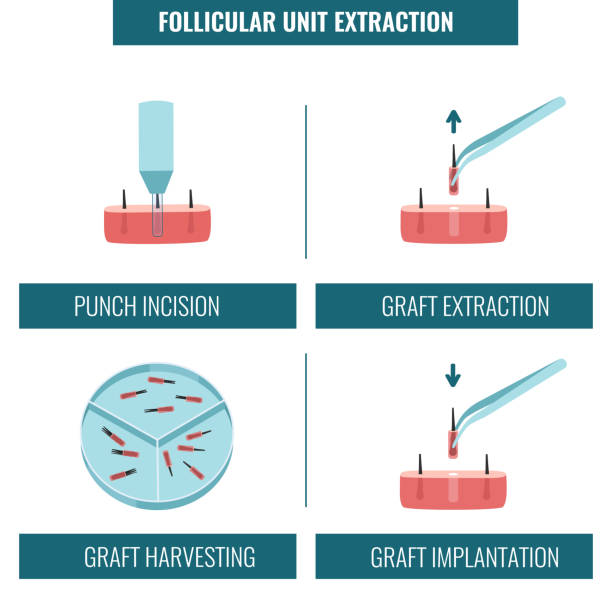In the last few years, hair transplant has become a thing. Most people are now aware it is the best method to cover bald spots and get luxuriant hair. However, many patients wonder about the FUE donor area. How does it work? Where is it located? How many grafts do the doctor can extract?
Here is everything you need to know about an FUE donor area.

Table of Contents
What is FUE?
FUE stands for Follicular Unit Extraction. This method is the most widespread hair transplant technique. The surgeon harvests the grafts one by one in the donor area with a unique tool called “punch.” The punch is a circular scalpel, looking like a tapered tube.
Once the surgeon has harvested the grafts, he sorts them. The one-hair grafts are excellent for drawing the front line, while two hair and three hair grafts bring volume at the top of the head.
The doctor implants the grafts in tiny incisions he opened before in the recipient area.
What is the donor area?
The donor area is the place on the scalp where the surgeon harvests the grafts. The donor area location follows a core hair transplant rule: some hair falls because they are sensitive to androgen, while others stay in place because they are resistant.
Androgen is a male hormone like testosterone. Androgenic baldness is the hair loss caused by androgen; it affects both men and women.
In males, androgenic baldness is the most common form of baldness. 70% of men experience it in their lifetime. This type of hair loss causes a bald spot at the top of the head.
In females, androgenic alopecia is much less common. It often happens with a hormonal imbalance, such as menopause. It does not cause bald spots but a loss of hair density.
Hair at the back of the head is genetically coded to be resistant to androgen. This genetic particularity is the reason why the donor area is in the back of the head. The follicles the surgeon harvests there will not fall, and the grafted hair stays in place for life.
What to know about the FUE donor area?
Right after the surgery, the doctor puts a bandage on the donor area to ensure there is no blood leak and to prevent an infection. The donor area needs about a week to heal. The hair grows very fast, and there is no scar visible as the FUE technique is noninvasive and does not let any mark in the donor area. Once healed properly, the patient is free to adopt any hairstyle, even short ones, without any visible scars.
Is FUE the best technique available?
While FUE is a suitable hair transplant method, it is not the best technique available. FUE is very widespread in the hair transplant world because it is a relatively simple procedure; it does not require excellent skills. Many clinics offer FUE as their primary hair transplant method and get it performed by assistants rather than the doctor himself. All this organization aims to maximize the clinic’s profits.
At Hair Turkey, we are willing to provide our patients with the best service possible, so we only do the best hair transplant method: DHI hair transplant. DHI stands for Direct Hair Transplant. The procedure is pretty similar to FUE, with the difference the surgeon implants the grafts right away without letting them sit in the solution. This difference increases the survival rate of the grafts and improves the transplant results.
DHI is the best hair transplant technique available.
Contact us via WhatsApp or our contact form to get a high-quality hair transplant and a VIP and personalized service.





